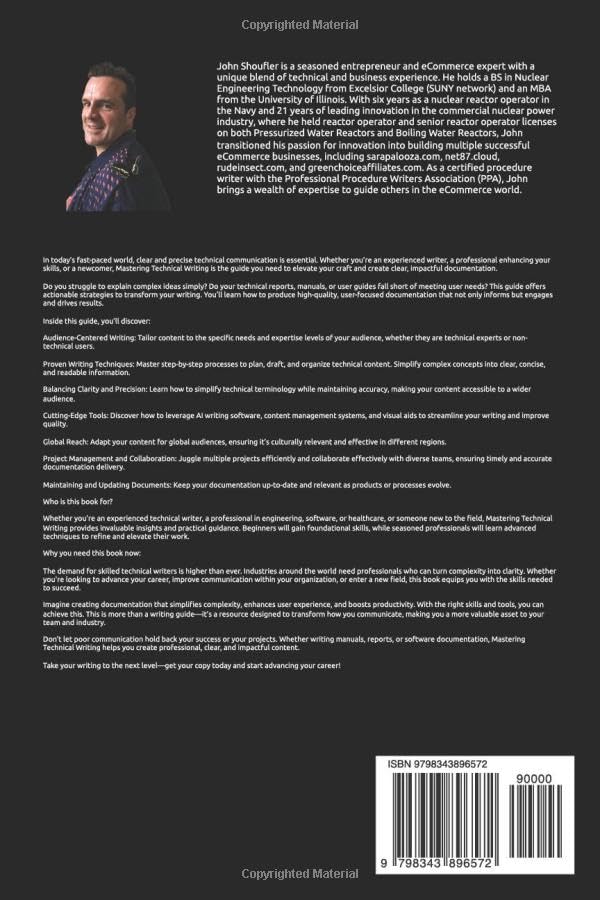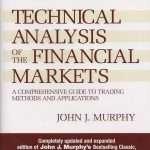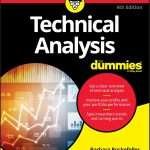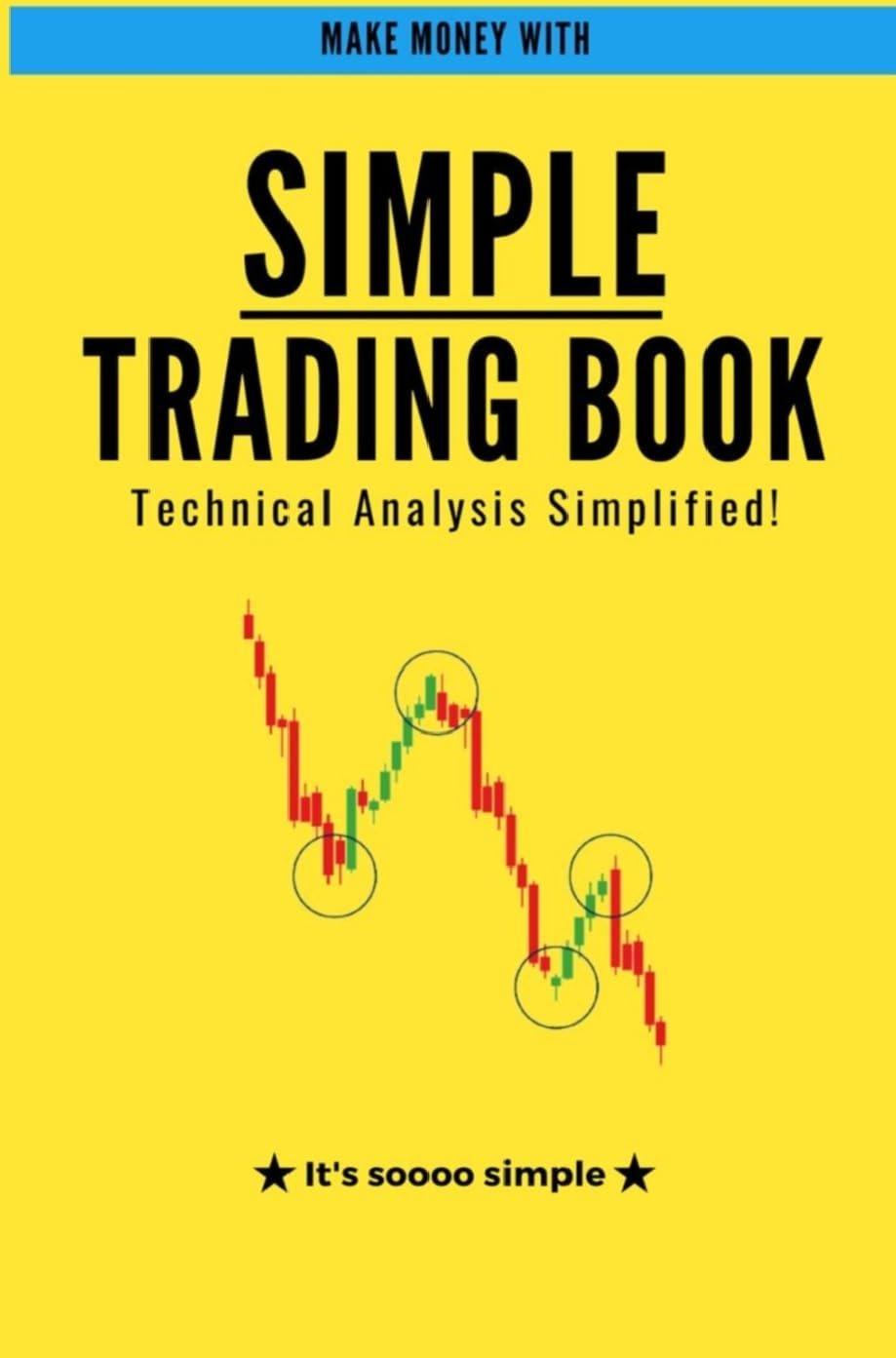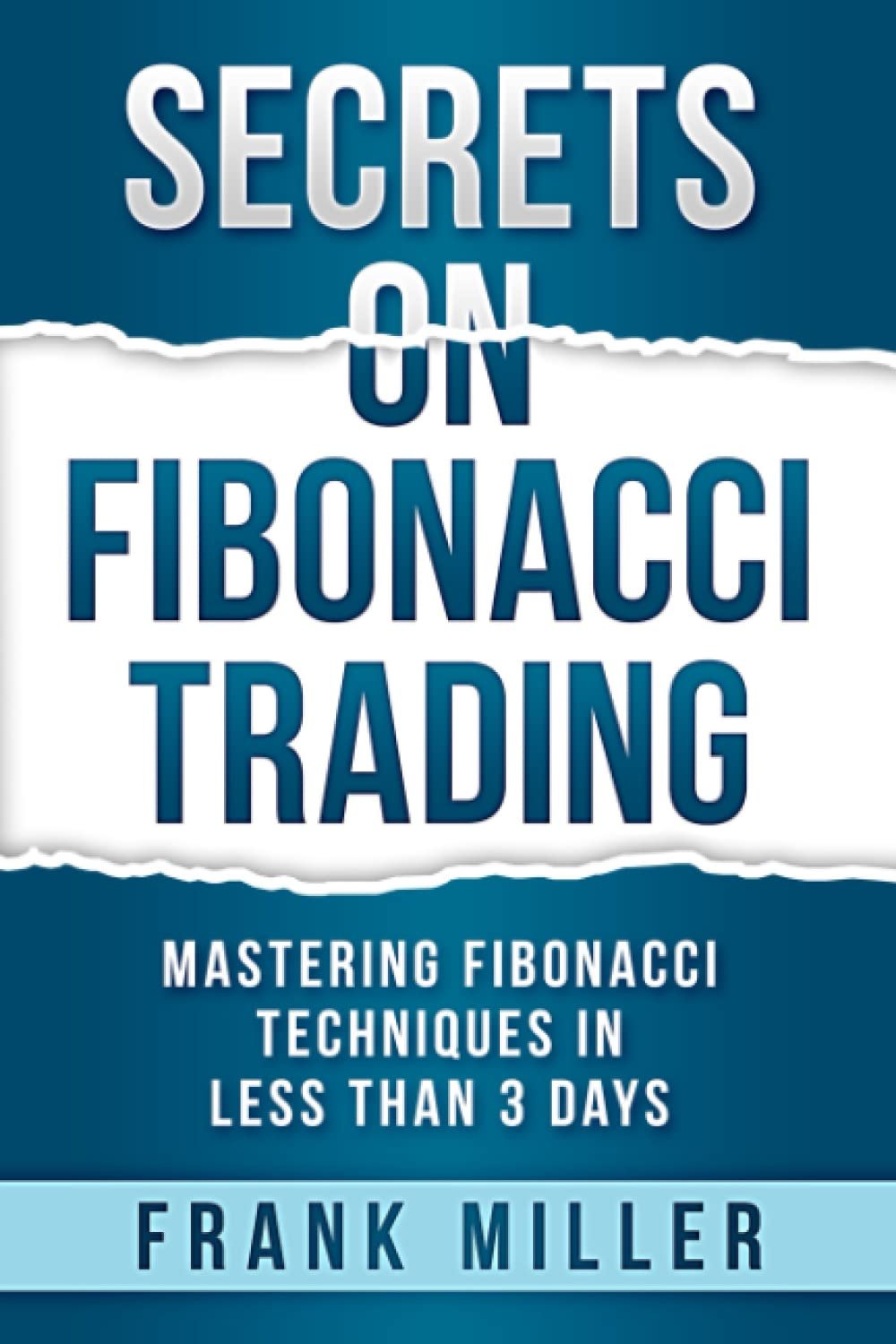Unlock Your Writing Potential: A Review of Mastering Technical Writing
If you’re anything like me—someone who occasionally wrestles with pieces of writing that sound more like riddles than reports—you might find Mastering Technical Writing: A Comprehensive Guide to Effective Documentation and Communication quite the interesting read. This guide aims to help folks turn all that technical jargon and baffling ideas into something clear, concise, and dare I say, even enjoyable to read. Whether you’re just dipping your toes into writing manuals or you’re a seasoned engineer looking to polish your documentation skills, this book sets out to be a companion on that journey. Let’s unpack what it offers, shall we?
Key Features: What’s Under the Hood?
Mastering Technical Writing covers a lot of ground. Here are some of the key pitfalls this book tries to save you from:
-
Audience-Centered Writing – It’s clever about reminding you that your readers might range from technical wizards to folks who’d rather be anywhere else but buried in jargon. Tailoring content to suit the audience means fewer glazed eyes and more understanding nods.
-
Proven Writing Techniques – The book walks you through the step-by-step process of planning, drafting, and organizing your content. Think of it as a GPS for your writing, steering you away from those confusing dead-ends.
-
Balancing Clarity and Precision – One of the trickiest parts of technical writing is simplifying without dumbing down. This guide offers strategies to keep your writing both accurate and approachable.
-
Cutting-Edge Tools – It includes advice on harnessing AI writing software and visual aids to streamline the creation process. In today’s digital age, these tools are practically sidekicks.
-
Global Reach – It goes beyond just English readers, giving tips on making your documentation relevant across cultures and regions—a bonus if your projects have an international audience.
-
Project Management & Collaboration – Juggling multiple documentation projects can be like spinning plates on a unicycle. The book offers strategies to coordinate teams and keep everything on schedule.
-
Maintaining and Updating Documents – Products evolve, and so should the manuals. This guide emphasizes the importance of keeping documents current and useful.
All told, it’s an ambitious manual that seeks to cover every stage of technical writing, from concept to publication.
Unlock the Secrets of Technical Writing
Pros & Cons: The Good and the Could-Be-Better
From what little feedback is available, the book scores a modest 3.7 out of 5 stars, which suggests it has its strengths and a few areas where it stumbles.
Enhance Your Documentation Skills Today!
Pros:
- Users appreciate the comprehensive coverage; it’s like having a one-stop shop for technical writing essentials.
- Its audience-focused approach is a particular highlight, helping writers avoid the common trap of writing for themselves rather than their readers.
- Practical advice on leveraging modern tools is timely and useful.
- Good for both beginners and those looking to polish their existing skills.
Cons:
- Some reviewers have mentioned that the book can get a bit dense or overly detailed in places, which might feel overwhelming to newcomers.
- At times, the writing style itself may not fully demonstrate the clarity and simplicity it preaches—an ironic twist, if you ask me.
- A few readers noted that more real-world examples could have helped ground some of the advice.
Despite these critiques, the consensus seems to be that the book is worth a look if you’re serious about improving your technical writing.
Master Effective Communication in One Guide!
Who Is It For?
Mastering Technical Writing targets a pretty broad audience. Ideal readers include:
- Aspiring technical writers who want a solid foundation in the craft.
- Professionals in engineering, software, or healthcare seeking to improve internal documentation or manuals.
- Teams coordinating complex projects that require clear, collaborative communication.
- Anyone interested in sharpening their ability to explain complex information simply.
If you find yourself frequently tasked with writing user guides, manuals, or reports—and usually wishing you had a manual for the manual—this book might be the rescue rope you need.
Final Thoughts
So, what’s the bottom line on Mastering Technical Writing? It’s a detailed, thoughtful guide that tries hard to cover the full spectrum of technical writing challenges. While it isn’t perfect and may sometimes get bogged down in its own details, it provides a valuable framework for anyone looking to turn complicated content into readable, effective communication. If you’re serious about writing clearly and professionally—especially in technical fields—this book offers strategies and insights worth considering.
Plus, it’s a reminder that good writing isn’t just about stringing sentences together; it’s about speaking the reader’s language and ensuring the message is not just delivered, but understood. And really, isn’t that what we’re all after?
As an Amazon Associate, I earn from qualifying purchases.
So, if you want to unlock your writing potential and perhaps save a few readers from scratching their heads, Mastering Technical Writing might just be the guide to help you get there.
If you are looking for more information on technical analysis, trading advisories, brokers. trading platforms, trading systems, copy trading and more please visit our resources page:


